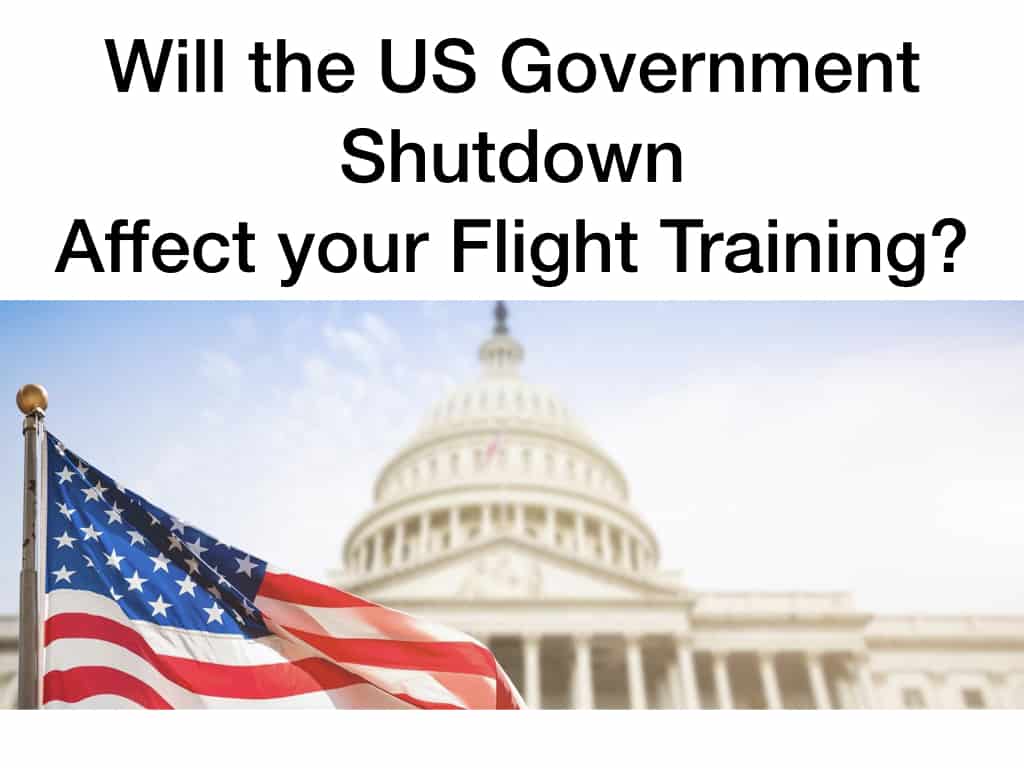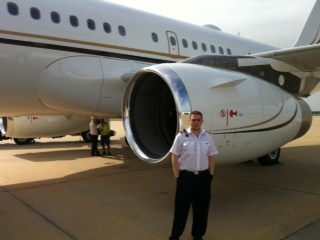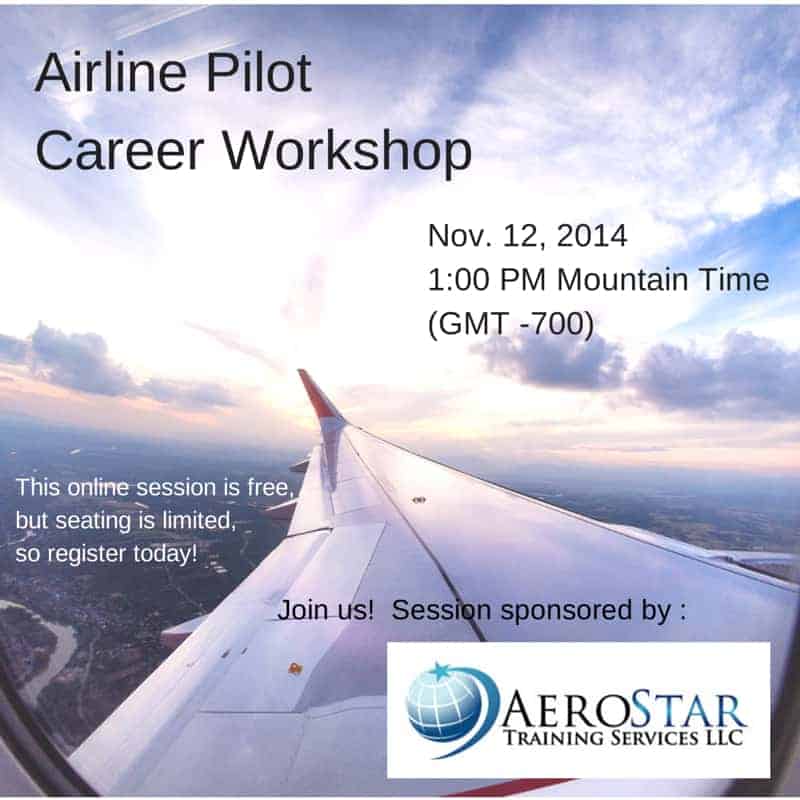How is the US Government Shutdown Impacting Flight Training?
January 17, 2019
No Comments
AeroStar Training Services is open for business during the government shutdown. Our instructors are holding courses, students are enrolling and graduating, and things are progressing ...
Read More
Student Spotlight – Australian Fast-Tracks His Airline Career at AeroStar!
June 6, 2018
No Comments
Aussie Chris Cain recently earned his A320 Type Rating at AeroStar, and talks about his experience here. I started my flight training at Lilydale Flight ...
Read More
Stories from Our Students and Graduates – First Officer Kenian Jabbour
September 15, 2017
No Comments
Graduate Stories: As the Admissions Director of AeroStar, I learn a lot about our students and their careers. The career path for pilots has changed ...
Read More
Coming to America . . . Helping International Students Navigate Entry into the United States
September 15, 2017
No Comments
Traveling to a new country can be daunting. Foreign flight students coming to America may experience some culture shock and might even feel a bit ...
Read More
Join us for an Airline Pilot Career Workshop online!
September 15, 2017
No Comments
Airline Career Workshop Join us for a Webinar on Wednesday, November 12, 2014 airline pilot career Space is limited. Reserve your Webinar Seat Now at: ...
Read More
Ab Initio Training: Self-Sponsored and Airline Sponsored Options
September 15, 2017
No Comments
David Santo: That really is dependent on the airline and the individual. You really have two types of ab initios. You have the self-sponsored ab initio. ...
Read More
Ab Initio Training: Airline Sponsored Options
February 11, 2015
No Comments
Paula Williams: Just to get started, maybe you can tell us more about ab initio training. What does that even mean? David Santo: Ab initio ...
Read More
Coming to America . . .Helping Foreign Flight Students Navigate Entry into the United States
June 20, 2012
No Comments
By Kim Jones Traveling to a new country can be daunting. Foreign flight students travel from their country to the United States, and will experience ...
Read More





